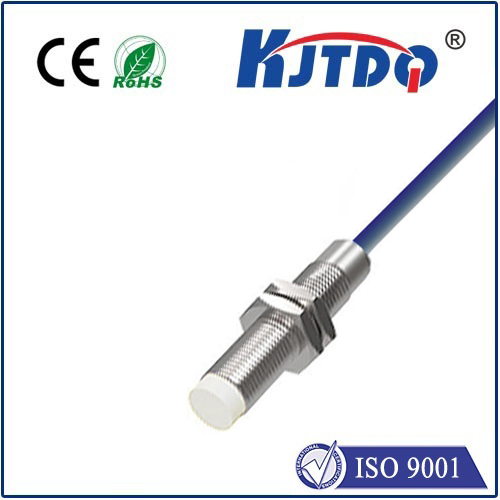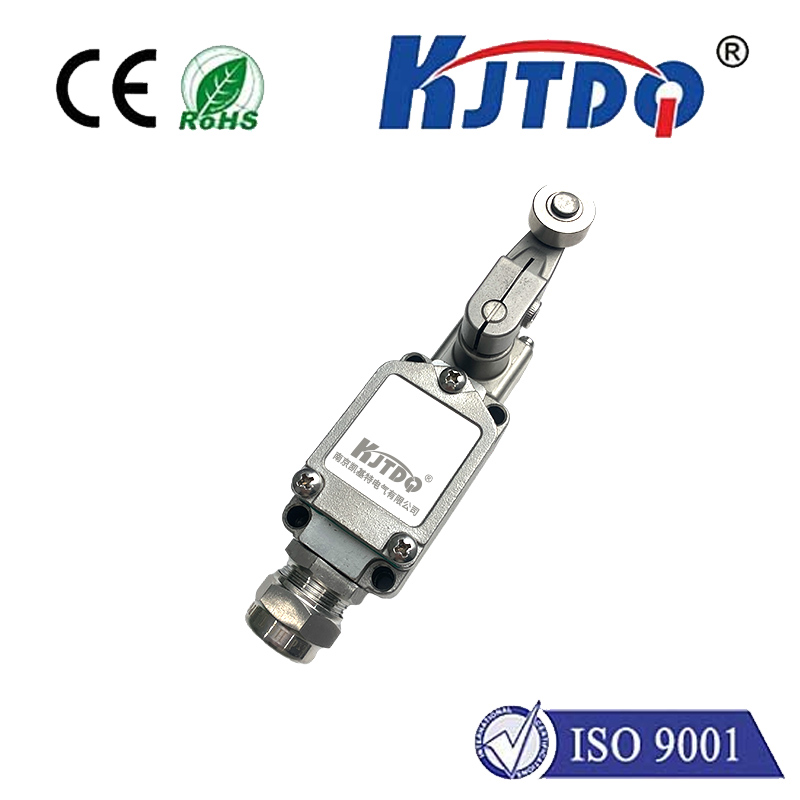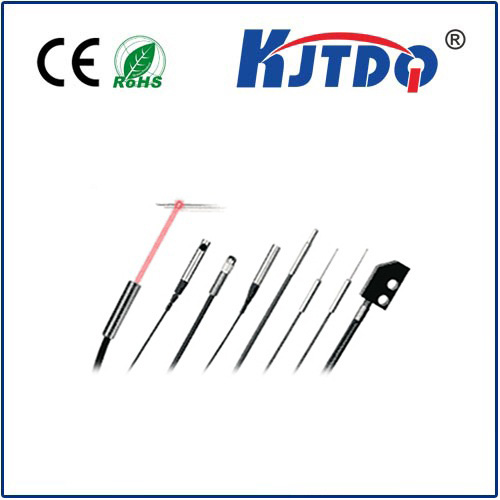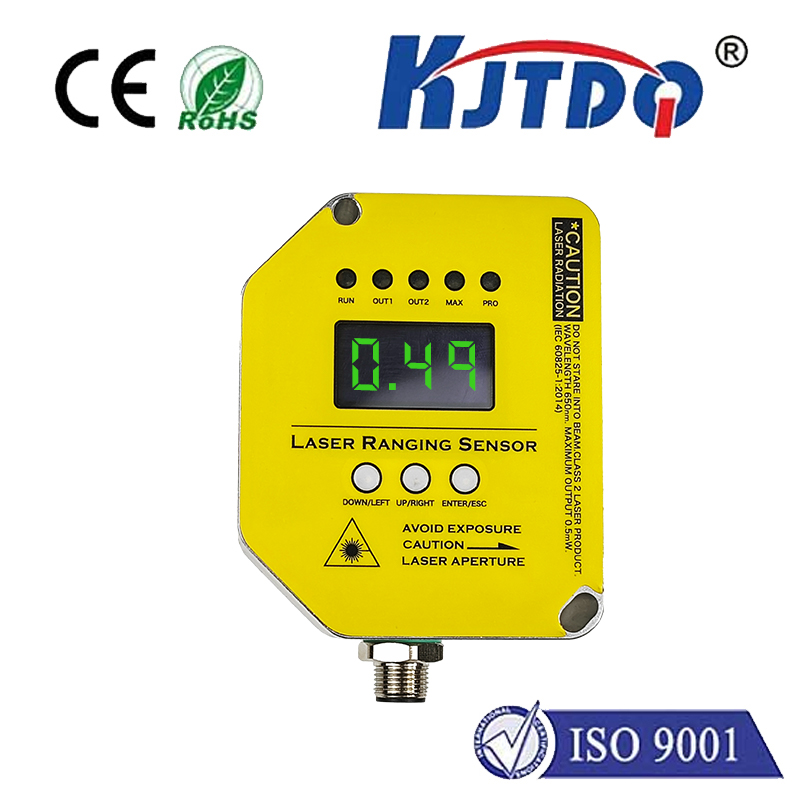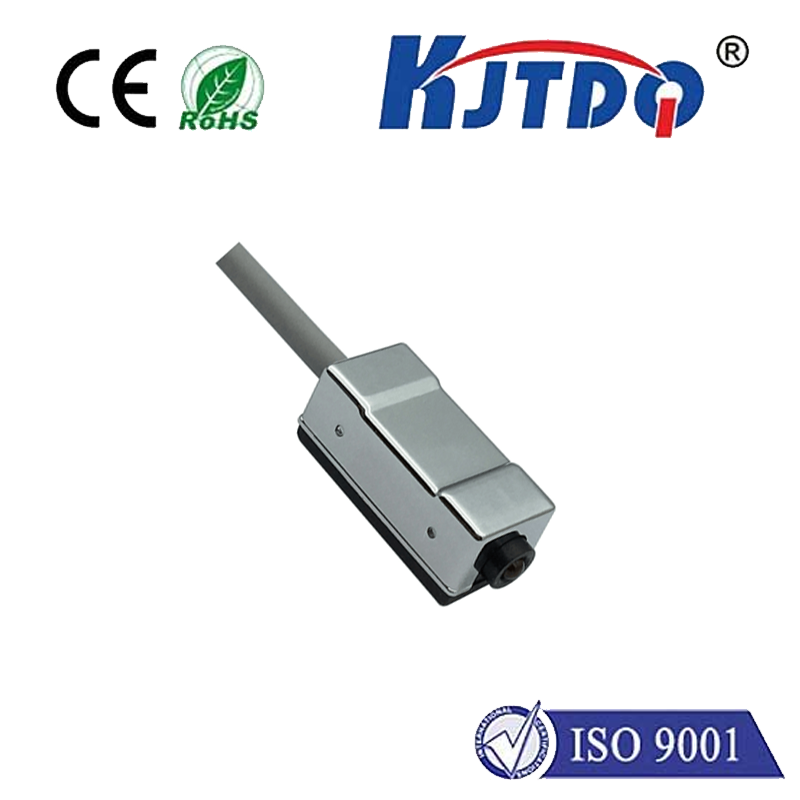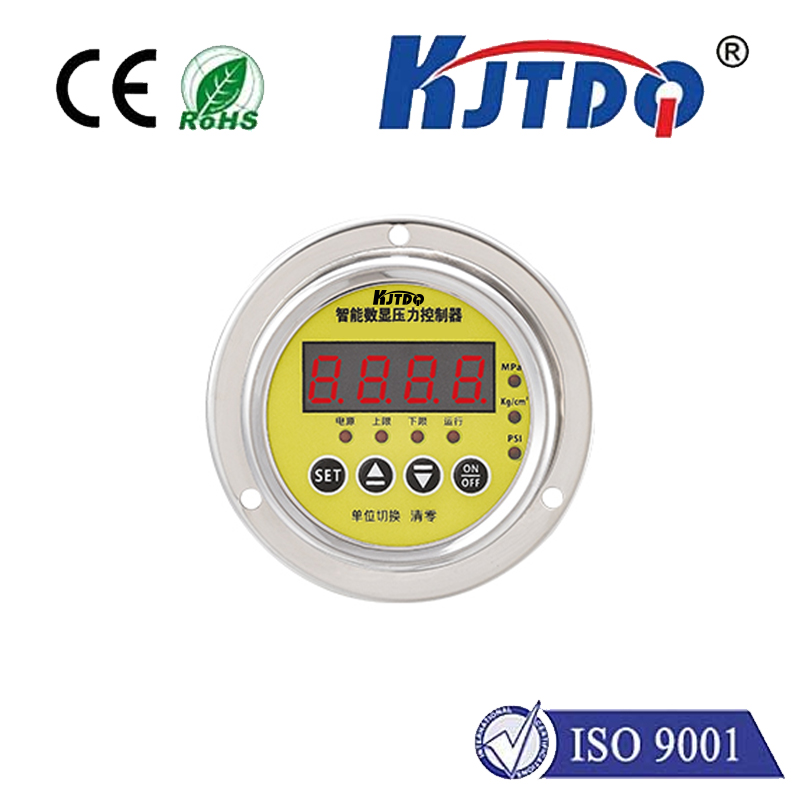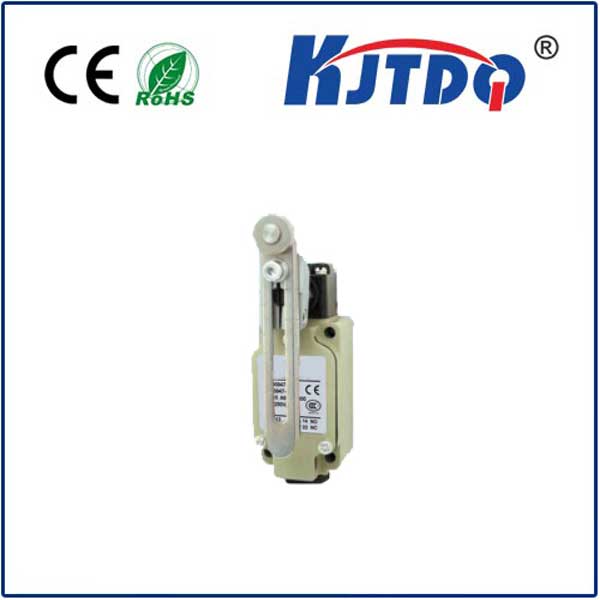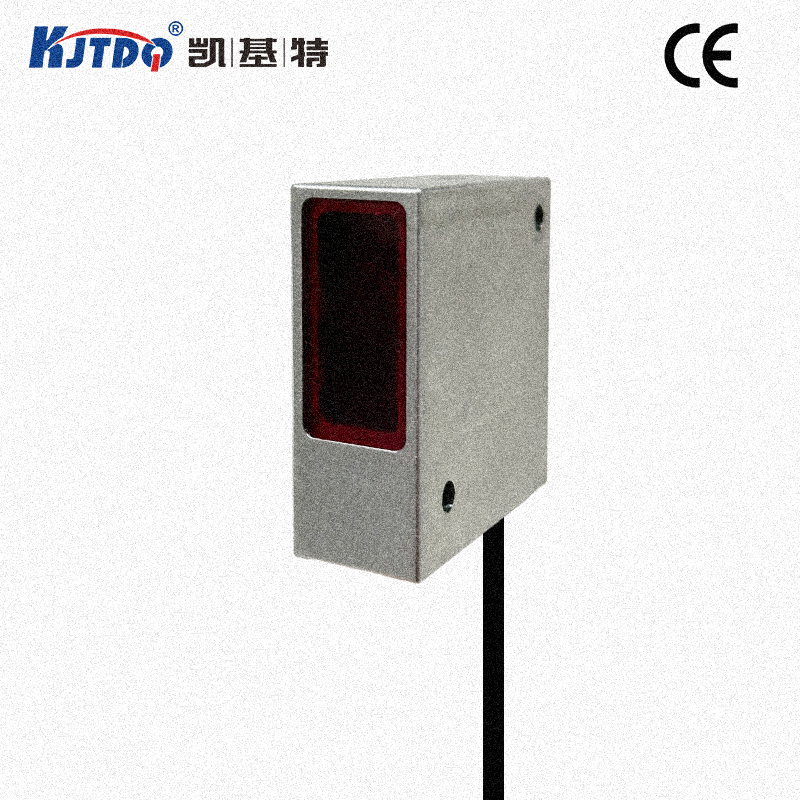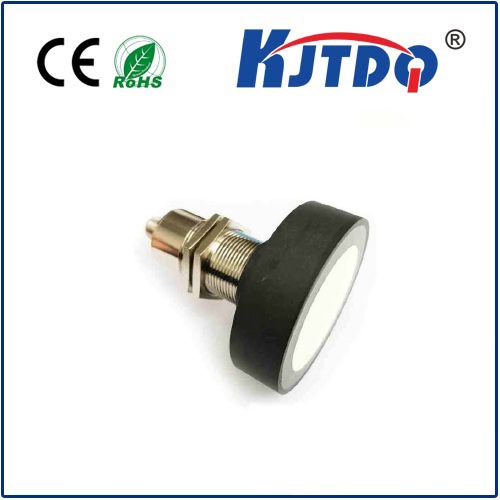

check

check

check

check

check

check

check

check

check

check
In an age demanding unprecedented precision and data, a remarkable technology silently underpins critical operations: the fiber optic sensor. Unlike their electronic counterparts wrestling with electromagnetic interference and harsh environments, these sensors harness the pure language of light traveling through hair-thin glass fibers. But how does light transform into meaningful data about pressure, temperature, strain, or chemical presence? The fundamental principle hinges on intentionally altering light’s properties within the optical fiber in response to an external measurand.
The journey begins with the core physics enabling light guidance: Total Internal Reflection (TIR). An optical fiber consists of a central core surrounded by cladding. Crucially, the cladding has a slightly lower refractive index than the core. When light traveling within the core strikes the core-cladding boundary at an angle greater than the critical angle, it reflects entirely back into the core, not refracting into the cladding. This continuous internal reflection traps light within the core, allowing it to propagate over vast distances with minimal loss. The integrity of this light confinement is paramount.
A bare optical fiber is just a conduit. A fiber optic sensor is born when an external influence deliberately modulates one or more properties of the guided light. This modulation is the key “signal” generated by the sensor. The principle can be broadly categorized based on the light property altered:
While simple, intensity-based sensors can be susceptible to power fluctuations in the light source or connector issues.

Phase Modulation (Interferometry): This leverages the wave nature of light. Here, the measurand alters the optical path length experienced by light waves within the fiber (changing refractive index or physical length due to strain/temperature). When this altered light is combined with a reference light wave that traveled a different path, interference occurs. The resulting interference pattern (bright and dark fringes) encodes the change with exquisite sensitivity. Techniques like Mach-Zehnder, Michelson, and Fabry-Perot interferometers are employed this way for high-precision measurements of strain, temperature, and acoustics. The sensitivity here is often on the order of nanometers.
Wavelength Modulation: This method tracks shifts in the wavelength of the guided light. A common implementation uses Fiber Bragg Gratings (FBGs).
Polarization Modulation: Light can vibrate in specific orientations (polarization states). Certain measurands (like magnetic fields via the Faraday effect, or pressure/strain via birefringence) can rotate the polarization state of the guided light. By analyzing the change in polarization at the output, the external influence can be quantified.
Distributed Sensing: While not a distinct modulation principle per se, this leverages effects like Rayleigh, Brillouin, or Raman scattering inherent in the fiber. By sending light pulses and analyzing the backscattered light’s intensity, frequency shift, or timing, information about temperature or strain can be obtained continuously along the entire fiber length, turning the cable itself into thousands of individual sensing points. This principle is transformative for monitoring pipelines, power cables, and large structures.
Regardless of the specific modulation principle employed, a functional fiber optic sensor system typically requires:
Understanding the core principle reveals why fiber optic sensors are indispensable:
From safeguarding offshore oil platforms and monitoring the structural integrity of bridges and aircraft wings to enabling precise medical diagnostics and detecting hazardous gases, the principle of fiber optic sensing – intentionally modulating light within a waveguide – provides a uniquely powerful, versatile, and reliable approach to understanding our physical world.
